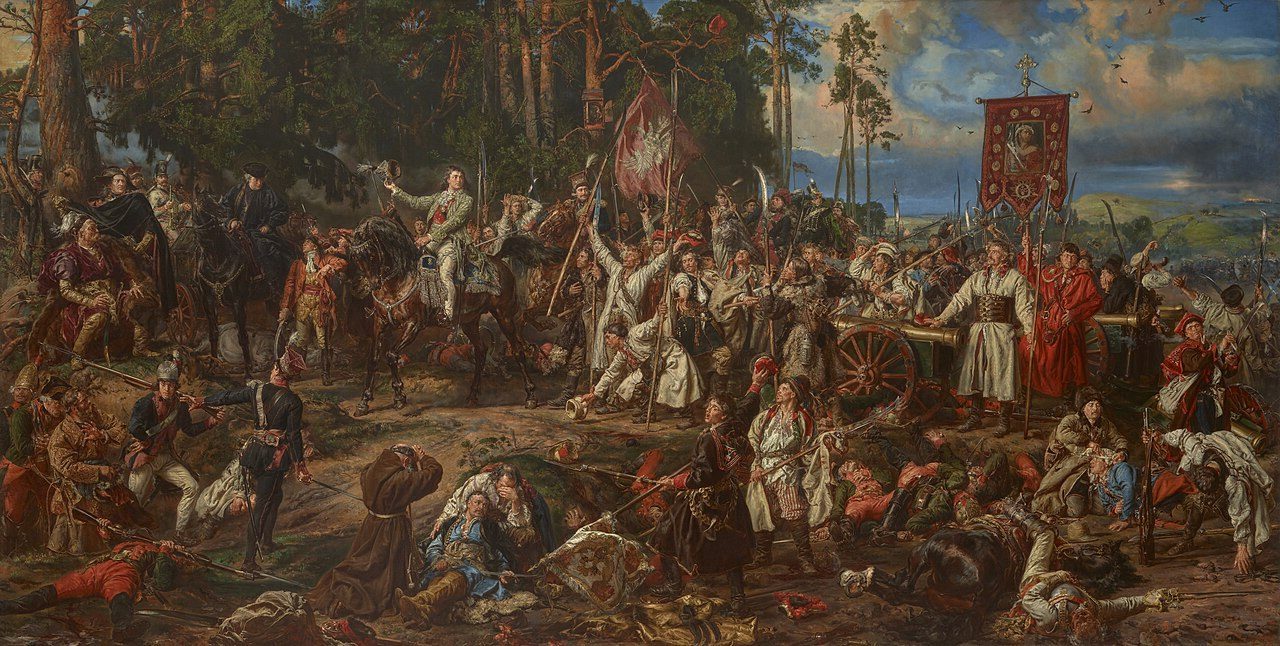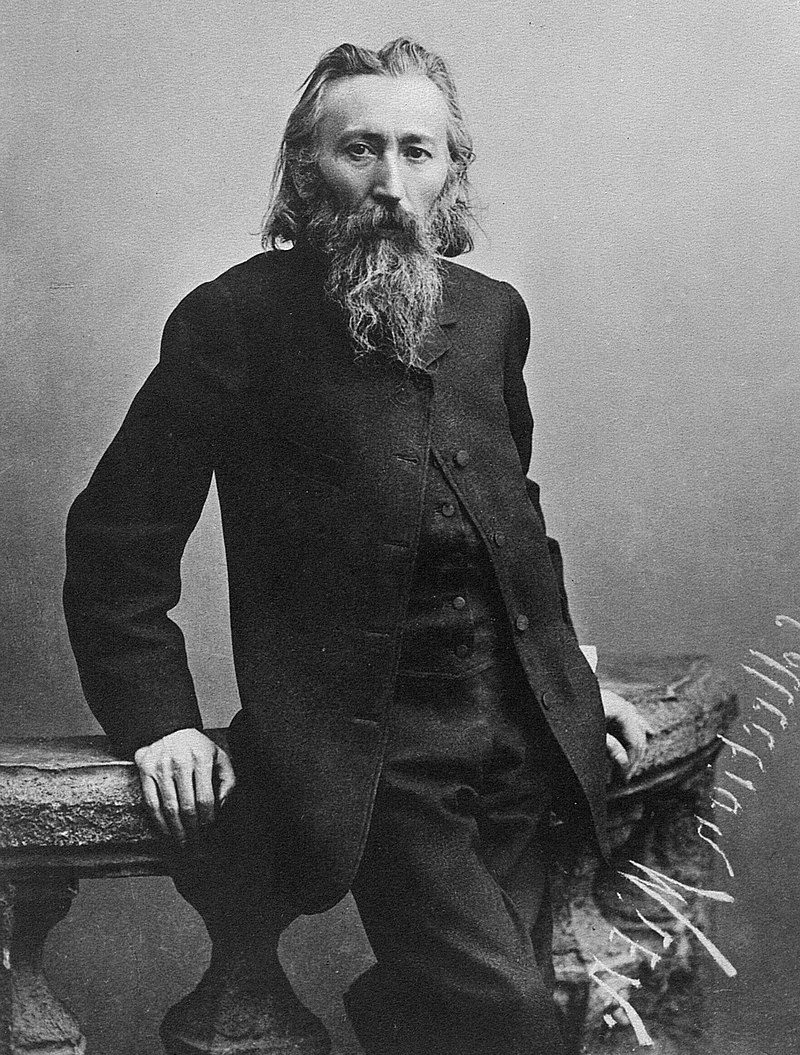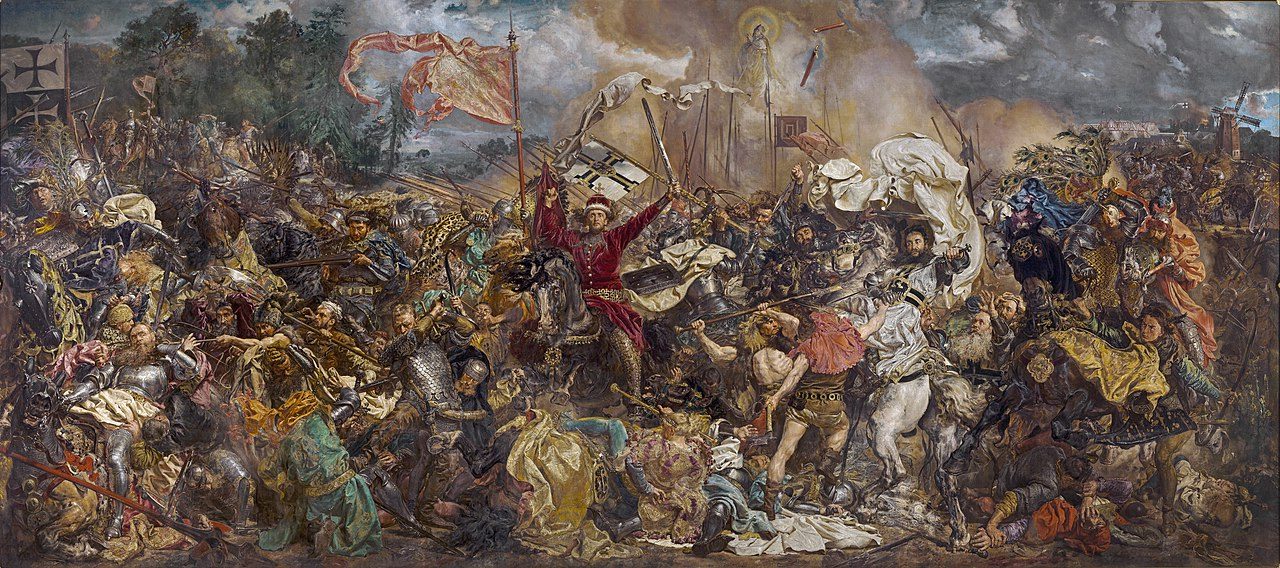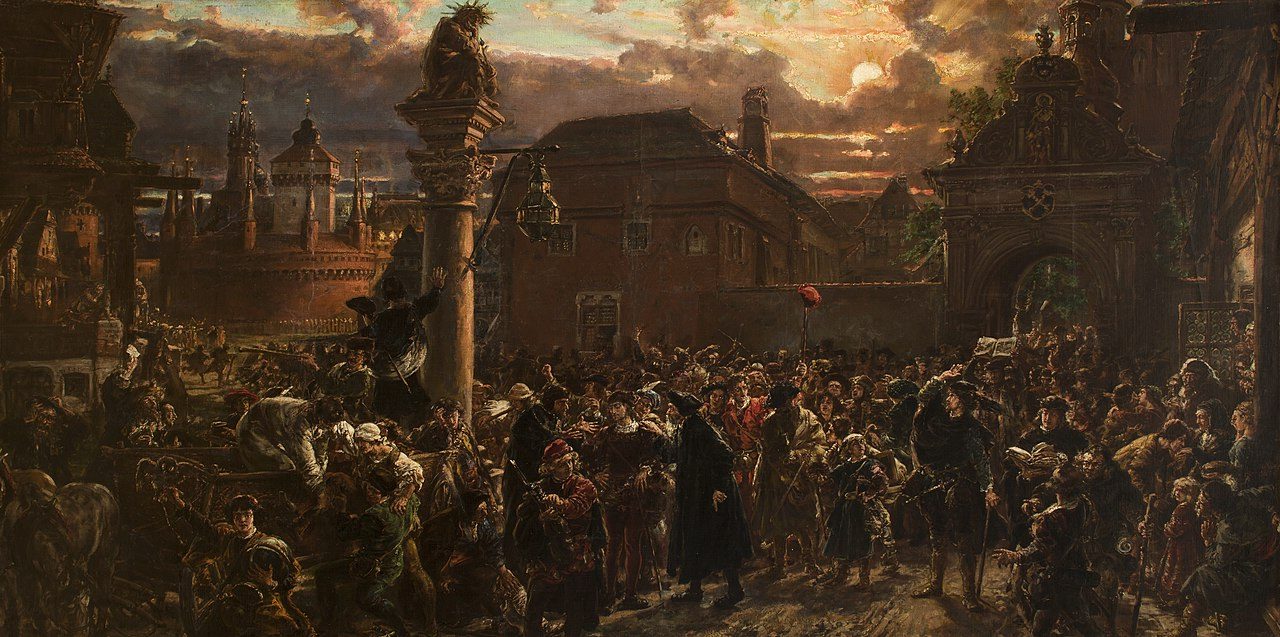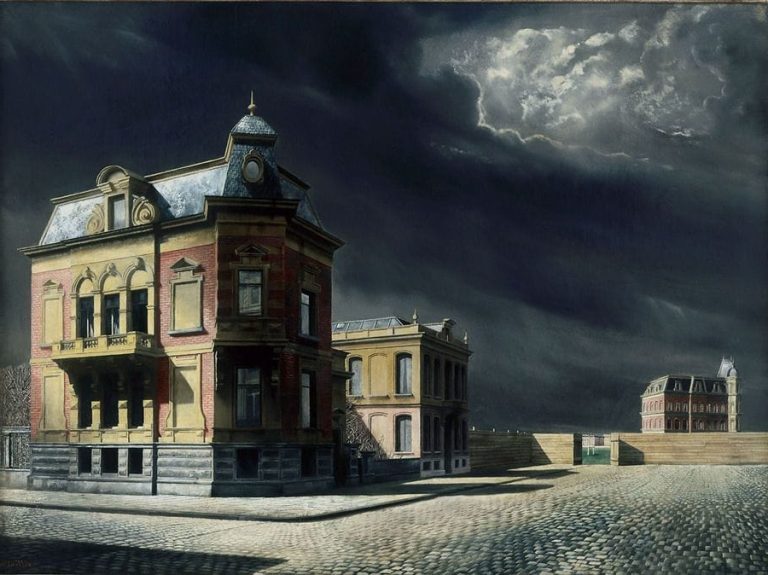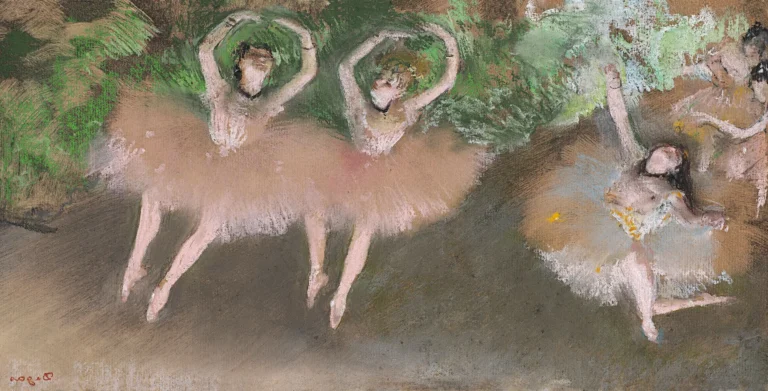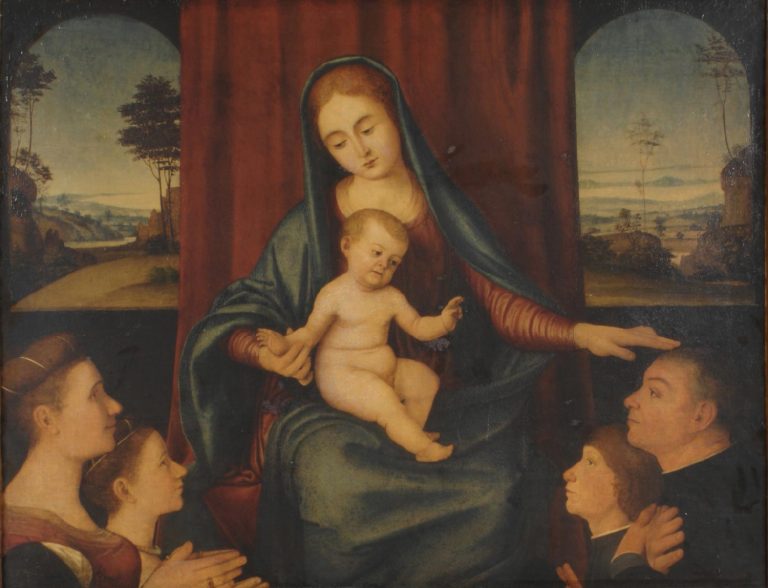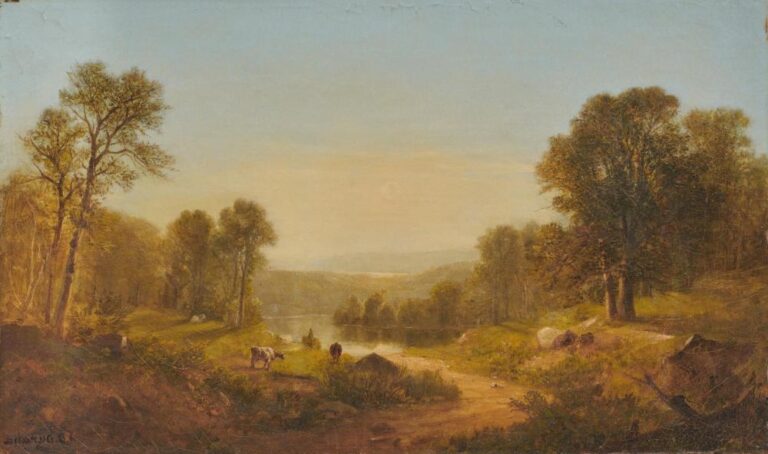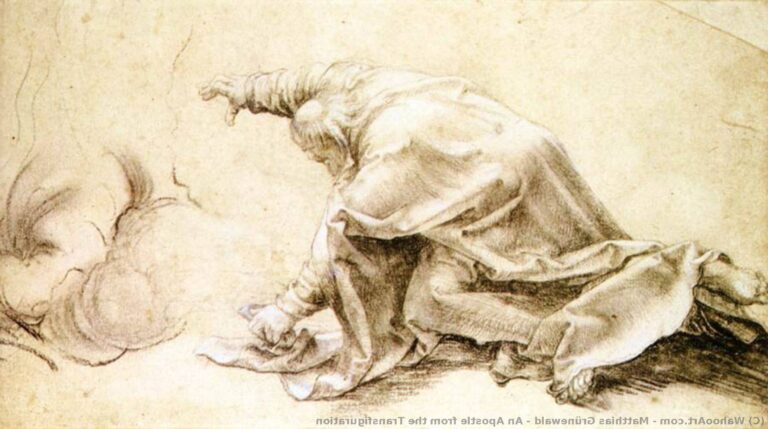Jan Matejko Painter: Exploring the Legacy of Poland’s Artistic Genius
Born: 24 June 1838, Free City of Kraków
Death: 1 November 1893, Kraków, Grand Duchy of Kraków, Austria-Hungary
Art Movement: History Painting, Academic Art
Nationality: Polish
Teachers: Wojciech Korneli Stattler and Władysław Łuszczkiewicz
Institution: School of Fine Arts, Kraków and
Academy of Fine Arts, Munich
Jan Matejko Painter: Exploring the Legacy of Poland’s Artistic Genius
Life and Career of Jan Matejko
Jan Alojzy Matejko emerged as Poland’s most significant historical painter in the 19th century. His artistic journey took him from humble beginnings in Kraków to becoming the director of the Academy of Fine Arts. He also created monumental works that captured pivotal moments in Polish history.
Early Years and Education
Born in Kraków in 1838, Jan Matejko showed artistic talent from a young age. He grew up in a modest family with his father working as a music teacher. Despite facing financial hardships after his mother’s early death, he pursued his passion for art.

Baptism of Lithuania (1888) by Jan Matejko
Matejko began his formal education at the Kraków School of Fine Arts (later the Academy of Fine Arts) under the guidance of Wojciech Korneli Stattler and Władysław Łuszczkiewicz. These mentors shaped his early artistic development and historical perspective.
In 1859, Matejko continued his studies in Munich under Hermann Anschütz, where he refined his technique. He also briefly studied in Vienna, though this period proved less influential. His education abroad exposed him to various European artistic traditions, which he later integrated into his distinctive style.
Rise to Prominence
Matejko’s career accelerated when he returned to Kraków and focused on creating historical paintings. His works gained attention from the Society of Friends of the Fine Arts, which helped promote his art to wider audiences.
His breakthrough came with large-scale oil on canvas works depicting crucial moments from Polish history. These paintings weren’t mere illustrations but powerful interpretations of historical events, often infused with patriotic sentiment during a time when Poland had lost its independence.
Notable works from this period include:
- Stańczyk (1862)
- Rejtan (1866)
- The Battle of Grunwald (1878)
Matejko also produced the influential Ubiory w Polsce (Costumes in Poland), an illustrated album documenting historical Polish attire. This work demonstrated his meticulous research and commitment to historical accuracy in his paintings.
Influence and Legacy
Matejko became director of the Academy of Fine Arts in Kraków, where he mentored the next generation of Polish artists. His teaching philosophy emphasized the importance of history and national identity in art.

Maid of Orléans (1886) by Jan Matejko
His self-portraits, now housed in the Muzeum Narodowe (National Museum), reveal his intense personality and dedication to his craft. These works provide insight into the mind of an artist who saw painting as both an artistic and patriotic duty.
Matejko’s impact extended beyond art into how Poles understood their history. His monumental canvases became visual historical records, shaping national consciousness during a period when Poland was partitioned between foreign powers.
His legacy continues in contemporary Poland, where his works are celebrated as national treasures and his approach to historical painting influenced generations of artists who followed.
Masterpieces and Contributions to Art
Jan Matejko created numerous iconic paintings that captured key moments in Polish history. His detailed work continues to influence how people understand Poland’s past and has shaped the country’s national identity through art.
Defining Works in Polish History
Matejko’s most renowned masterpiece is “The Battle of Grunwald” (1878), a massive canvas depicting the 1410 victory of Polish-Lithuanian forces over the Teutonic Knights. This monumental work measures nearly 44 feet wide and remains a national treasure.
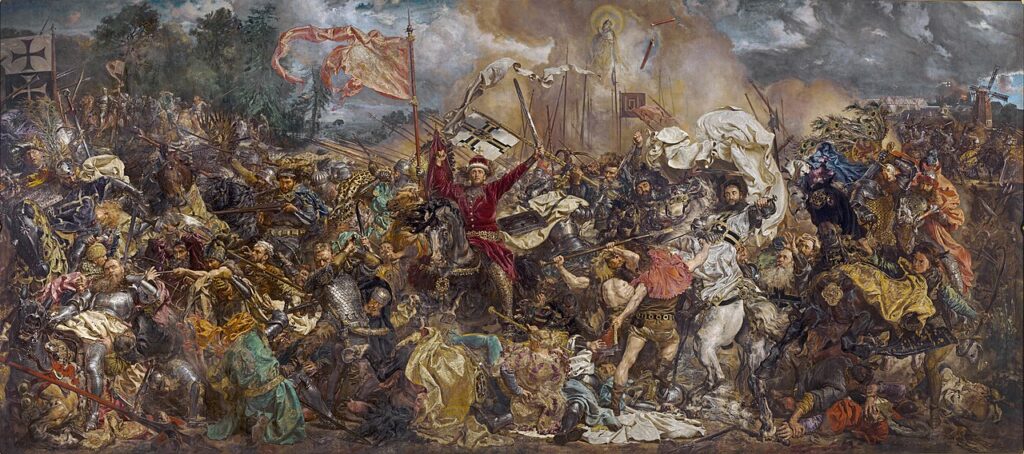
The Battle of Grunwald (1878) by Jan Matejko
“Rejtan” (1866) portrays the dramatic protest of Tadeusz Rejtan against the first partition of Poland, showing Matejko’s ability to capture emotional historical moments. The painting serves as a powerful symbol of patriotic resistance.
“The Union of Lublin” (1869) commemorates the 1569 creation of the Polish-Lithuanian Commonwealth. Matejko meticulously researched historical figures and settings to ensure accuracy in this significant work.
“Constitution of the 3rd May” (1891) celebrates Poland’s groundbreaking 1791 constitution. Through careful composition and symbolic details, Matejko transformed historical events into powerful visual narratives.
Portraiture and Influence
Matejko’s “Astronomer Copernicus, or Conversations with God” (1873) portrays the famous Polish astronomer during his moment of discovery. This painting demonstrates Matejko’s skill in combining historical accuracy with emotional depth.
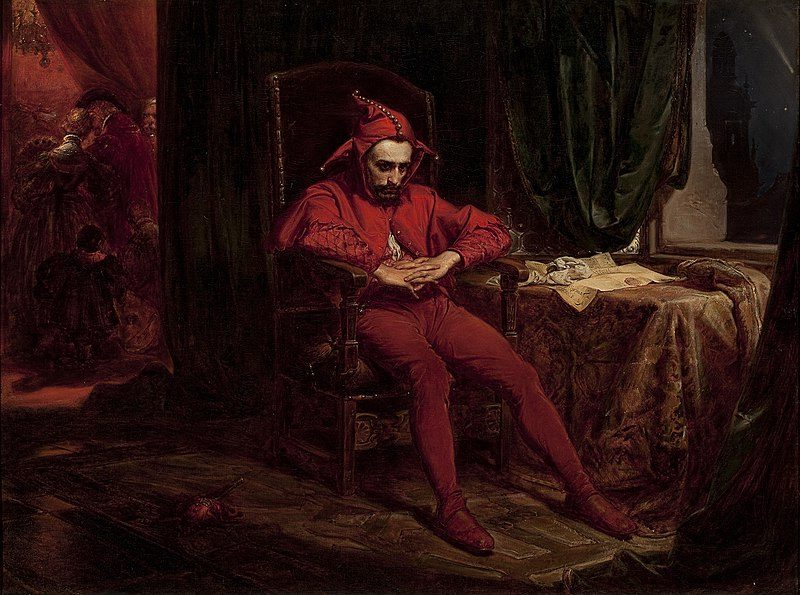
Stańczyk (1862) by Jan Matejko
“Stańczyk” (1862) depicts the famous court jester looking somber during a royal ball, symbolizing his concern for Poland’s future. This portrait reveals Matejko’s ability to use historical figures to comment on contemporary issues.
His “Gallery of Polish Kings” features 44 portraits of Poland’s rulers, created between 1890-1892. This comprehensive series serves as both art and educational material about Polish royal history.
Matejko also contributed to public art through his murals in St. Mary’s Basilica in Kraków. His teaching role at the School of Fine Arts helped shape generations of Polish artists, establishing a national tradition of historical painting.
Context and Impact

Polonia (Year 1863) (1879) by Jan Matejko
Jan Matejko‘s work transcended mere artistic expression, becoming a powerful tool for shaping Polish national identity during a time when Poland did not exist as an independent state. His paintings served as visual reminders of Poland’s past glory and struggles.
Depiction of the Polish Nation
Matejko’s canvases captured pivotal moments in Polish history, serving as a visual textbook for generations. His masterpiece “The Constitution of the 3rd May” commemorated one of Poland’s proudest political achievements, while “Prussian Tribute” depicted King Sigismund I receiving homage from the Duchy of Prussia, symbolizing Poland’s former power.
Following the January Uprising of 1863-1864 against Russian rule, Matejko dedicated himself more intensely to patriotic themes. His work “Skarga’s Sermon” portrayed the influential priest warning Polish nobility about the consequences of their actions for the nation’s future.
Matejko often included historical figures like Nicolaus Copernicus in his compositions, celebrating Polish contributions to science and culture. He became known as the “Nation’s Conscience” for his unflinching portrayal of both Poland’s triumphs and failures.
Influence Beyond Borders
Despite his focus on Polish subjects, Matejko gained international recognition. His works were exhibited at the Paris Salon, bringing Polish history to European audiences at a time when Poland was absent from maps.

Students Leaving Krakow in 1549 (1892) by Jan Matejko
Matejko’s distinctive approach to history painting influenced art beyond Poland’s borders. His dramatic compositions and psychological insight into historical figures set him apart from contemporaries who often created more idealized or simplified historical scenes.
His monumental work “The History of Civilization in Poland” represented an ambitious attempt to present Poland’s cultural evolution and contributions to European development. This series helped position Polish culture within the broader European context.
Preservation and Continuation of Legacy
As director of the School of Fine Arts in Kraków, Matejko mentored a generation of artists including Jacek Malczewski, Józef Mehoffer, and Stanisław Wyspiański. These artists later led the Młoda Polska (Young Poland) movement, integrating elements of symbolism and the Arts and Crafts Movement.

Oath of Jan Kazimierz (1893) by Jan Matejko
Matejko’s Jewish student Maurycy Gottlieb created important works depicting Jewish-Polish relations, inspired by his teacher’s historical approach but applying it to different cultural contexts.
During World War II, many of Matejko’s works were targeted for destruction as they embodied Polish national identity. Heroic efforts to hide and preserve these paintings demonstrated their cultural significance.
Today, Matejko’s works form the centerpiece of the National Museum in Kraków, continuing to educate Poles about their history and inspiring contemporary artists who engage with questions of national identity and historical memory.
Frequently Asked Questions
Jan Matejko’s legacy is filled with remarkable paintings and profound cultural significance. His works capture pivotal moments in Polish history and continue to influence national identity through their powerful historical narratives.
What are the most notable works of Jan Matejko?
Jan Matejko created numerous masterpieces throughout his career. “The Battle of Grunwald” stands as his most monumental work, depicting the 1410 victory of Polish-Lithuanian forces over the Teutonic Knights.
“Rejtan” portrays the dramatic protest of Tadeusz Rejtan against the First Partition of Poland in 1773. Another significant painting is “The Union of Lublin,” which commemorates the 1569 formation of the Polish-Lithuanian Commonwealth.
“The Constitution of May 3, 1791” celebrates one of Poland’s most progressive political achievements. His “Prussian Homage” depicts the 1525 act of fealty by Albrecht Hohenzollern to the Polish king.
How has Jan Matejko contributed to Polish cultural heritage?
Matejko is considered the founder of the national school of Polish historical painting. His works served as visual education about Polish history during a time when Poland was partitioned and absent from maps.
He headed the Academy of Fine Arts in Kraków, influencing generations of Polish artists. Matejko’s paintings became symbols of national identity and pride, helping to maintain Polish cultural consciousness during foreign rule.
His detailed historical research and accuracy in depicting historical costumes, architecture, and objects contributed to preserving knowledge of Poland’s past. Matejko’s images have become deeply embedded in Polish collective memory.
Can you describe the historical significance behind Jan Matejko’s ‘Stańczyk’ painting?
“Stańczyk” (1862) portrays the famous court jester of Polish kings during the Renaissance period. In the painting, Stańczyk sits alone, dejected while a celebration continues in the background.
The painting symbolizes the weight of foresight, as Stańczyk has just learned about the loss of Smolensk to Russia in 1514. This represented a significant territorial loss and political threat to Poland.
Matejko uses Stańczyk as a metaphor for the thoughtful patriot who sees impending dangers to his homeland while others remain oblivious. The painting reflects Matejko’s own concerns about Poland’s political situation in the 19th century.
Which museums currently house the major paintings of Jan Matejko?
The National Museum in Warsaw holds several of Matejko’s most important works, including “The Battle of Grunwald.” The National Museum in Kraków houses many significant Matejko paintings, including “Stańczyk” and “Prussian Homage.”
The Royal Castle in Warsaw displays “The Constitution of May 3, 1791.” Matejko’s House in Kraków, where the artist lived and worked, now functions as a biographical museum showcasing his personal items and smaller works.
Several other Polish museums display his paintings, while some works can be found in international collections, including museums in Budapest and Vatican City.
What was the impact of Jan Matejko’s art on the representation of Polish history?
Matejko created a visual language for Polish historical consciousness. His interpretations of historical events became the standard way many Poles imagine their past.
He focused on moments of national triumph and tragedy, creating a narrative of Polish history that emphasized resilience and cultural continuity. His paintings served as a form of resistance against foreign powers that sought to diminish Polish identity.
Matejko’s work influenced how subsequent generations of artists depicted Polish history. Even today, his dramatic compositions and rich symbolism continue to shape Polish historical imagination and national mythology.
Who were the prominent figures depicted in Jan Matejko’s paintings?
Matejko’s canvases feature numerous Polish monarchs. These include Bolesław the Brave, Casimir the Great, and Sigismund Augustus. He also painted important political figures like Tadeusz Kościuszko, Kazimierz Pułaski, and Tadeusz Rejtan.
Religious leaders appear frequently. These include Cardinal Zbigniew Oleśnicki and various bishops who played significant roles in Polish politics. Military commanders like Jan Sobieski and Stanisław Żółkiewski are depicted in heroic battle scenes.
Matejko also included intellectual figures such as Nicolaus Copernicus and poets of the Romantic era. He often painted himself into historical scenes, symbolically connecting his own era with the events of Poland’s past.

